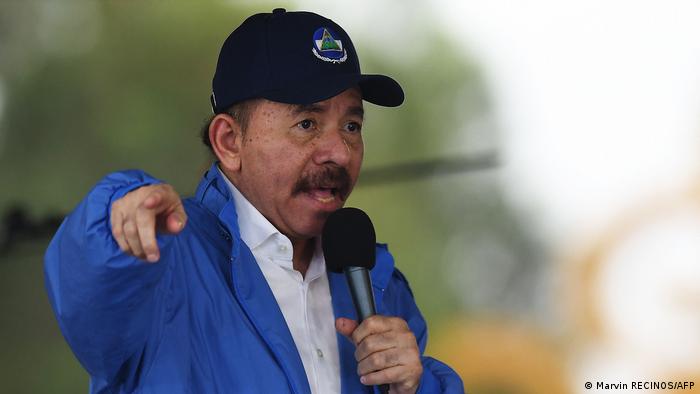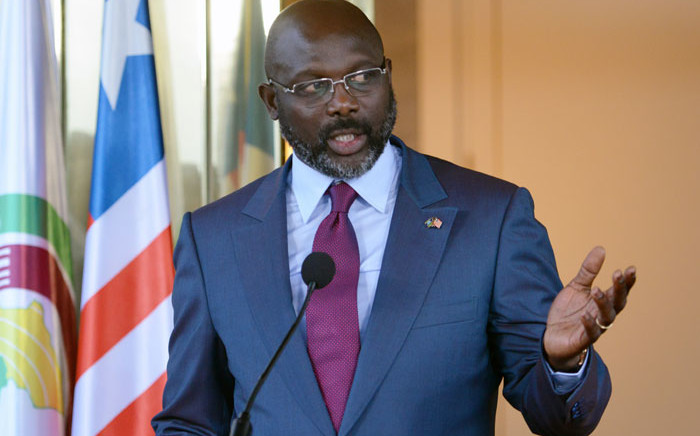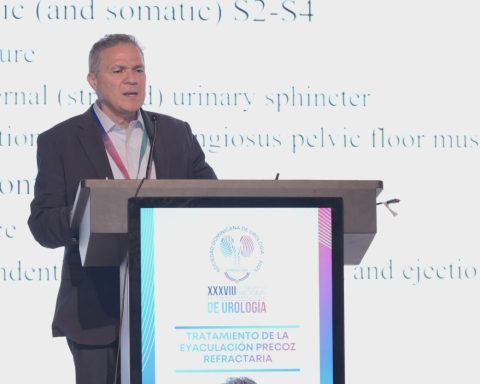The Center for Transdisciplinary Studies of Central America (Cetcam) affirmed through its first report of 2023 that the Nicaraguan regime intends to sell an “economic mirage regarding uncertainty and migration.”
«The dictatorship in Nicaragua begins 2023 weak, but with strong social and political control over society and its own circle of power; This country scenario is part of a Central America in an open dispute between authoritarian remnants and trends towards democratization, according to Cetcam’s analysis in its Perspectivas 168 report.
Related news: BCN affirms that the Nicaraguan economy will grow by 3 or 4% in 2023
They highlight that “even with the total control of the State, Cetcam considers that one of the weakest flanks of the dictatorship is the economy, since even when there is a positive performance of the economic indicators, this contrasts drastically with a situation of greater poverty, unemployment and despair of the population.
“When measuring the economic situation by its impact on the living conditions of the people, the conclusion is that the management of the Ortega regime is failing miserably, it cannot offer lasting solutions to the social crisis and the difficult living conditions that are hitting most Nicaraguans. For Cetcam, migration or, rather, forced displacement, has become the clearest indicator of uncertainty and the deterioration of the population’s living conditions,” the document adds.
The Central Bank of Nicaragua (BCN) has reflected the increase in remittances as “a good economic indicator”, while independent specialists point out that it is only a sample of the lack of opportunities and poverty that the country is going through. According to BCN, in October 2022, family remittances totaled 2,578.3 million dollars, which represented an increase of 47.6% compared to the same period in 2021 (1,746.6 million dollars), and at the end of the year the authorities expect them to reach 3,170.5 million dollars.
The 2,578.3 million dollars received as family remittances as of last October represent 18.4% of Nicaragua’s GDP. They projected a growth of between 3.5% and 4.5% of the gross domestic product (GDP) in 2022, the second consecutive year on the rise (10.3% in 2021) after three 3 years of closing with a red balance , with inflation of between 10% and 11%, according to the Central Bank.
Cetcam affirms that “the economic achievements that the dictatorship touts are nothing more than a cruel mirage, so that the perspective for 2023 is that these conditions will be maintained for Nicaragua and the flow of migration is expected to persist.”


















